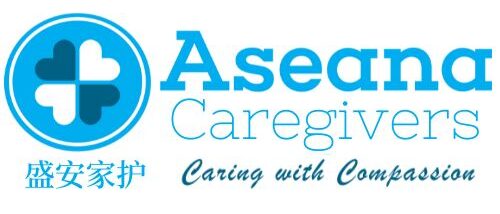
The Hidden Cost of "Cheap" Helpers/ Caregivers
Hiring MDWs (Migrant Domestic Worker)/ Caregivers shouldn’t feel like navigating a minefield of hidden fees and financial traps. Yet, many employers and helpers/ caregivers in Singapore are blindsided by opaque agency practices, leading to strained relationships, financial stress, and premature terminations. At Aseana Caregivers, we believe transparency isn’t just a buzzword—it’s the foundation of trust. Here’s how we’re redefining fairness in the industry—and what you must know to protect yourself.
The Truth About Placement Fees: What Most Agencies Won’t Tell You
Placement fees are often presented as a "necessary evil," but vague breakdowns leave employers and caregivers/helpers in the dark. Let’s dissect what you’re really paying for:
- Agency Service Fees: Typically 30–50% of total costs. MoM caps Singapore agencies at 1 month’s salary per year of service (max 2 months).
- Hidden Foreign Agency Fees: The real culprit. Non-Singapore agencies charge caregivers/helpers exorbitant loans (up to 6–12 months’ salary), buried in fine print.
- “Miscellaneous” Costs: Transport, medical exams, levies. These should be itemized—not lumped into a suspiciously round number.
Aseana’s Solution: We provide a line-item invoice for every charge, including foreign partner fees. No guesswork.
The Risks of Financial Exploitation—And Who Bears Them
- For Employers:
Debt-Driven Distraction: Caregivers/Helpers repaying massive loans are stressed, less productive, and prone to early resignation. - Replacement Costs: If your helper leaves, you lose time and money. Most agencies refund just 50% of fees—if at all.
- For Caregivers/Helpers:
Debt Traps: Loans from home-country agencies often exceed S$5,000, forcing caregivers/helpers to work for months without pay. - No Legal Safeguards: Foreign agencies operate outside MoM’s jurisdiction, leaving caregivers/helpers vulnerable.
Aseana’s Pledge: We audit overseas partners to cap helper/caregiver's debt at 3 month’s salary. No exploitative loans. Ever.
How MoM’s Policies Fall Short—And How to Fill the Gaps
While MoM mandates transparency for Singapore agencies, loopholes allow foreign partners to exploit caregivers/helpers. Employers often unknowingly enable this by signing vague contracts.
What You Can Do: Demand a Bilateral Fee Breakdown: Require agencies to disclose both local and foreign charges in writing.
Reject Salary Deductions: If a helper’s salary is docked to repay loans, it’s a red flag.
Insist on Refund Guarantees: Choose agencies that refund 50% of fees if a helper/caregiver leaves within 6 months (not just 50%).
Why Shared Responsibility is a Myth (and What Works Better)
Many agencies preach “shared risk” between employers, caregivers/helpers, and themselves. But when caregivers/helpers shoulder 80% of the debt burden, the system is rigged.
A Better Approach: Employers Pay Upfront: Offset costs through a gradual salary bonus (e.g., 10% monthly for 10 months). This rewards retention without debt.
Agencies Invest in Success: If agencies profit only when placements succeed, they’ll vet caregivers/helpers rigorously.
Aseana’s Model: We charge employers 0% upfront. Provide free training when caregiver are in need.
How Aseana Caregivers Outperforms Generic Platforms
We let you browse profiles, but they don’t tackle the root issue: financial exploitation. Here’s how we’re different:
- Pre-Negotiated Foreign Fees: We lock in overseas charges upfront, so caregivers/helpers start debt-free.
- All time Matching: Our care consultant prioritizes caregivers/helpers whose skills, in complex & moderate care skills and also language proficiency, and cultural fit align with your needs—cutting mismatches by 60%.
- Real-Time Compliance Tracking: Monitor work permits, levies, and medical renewals in our employer portal.
Your Action Plan: Hire Ethically, Retain Longer
Don’t Gamble With Your Family’s Support System. Hidden fees and caregiver/helper debt aren’t just unethical—they’re a recipe for disaster. At Aseana Caregivers, we’re pioneering a future where transparency drives retention.

